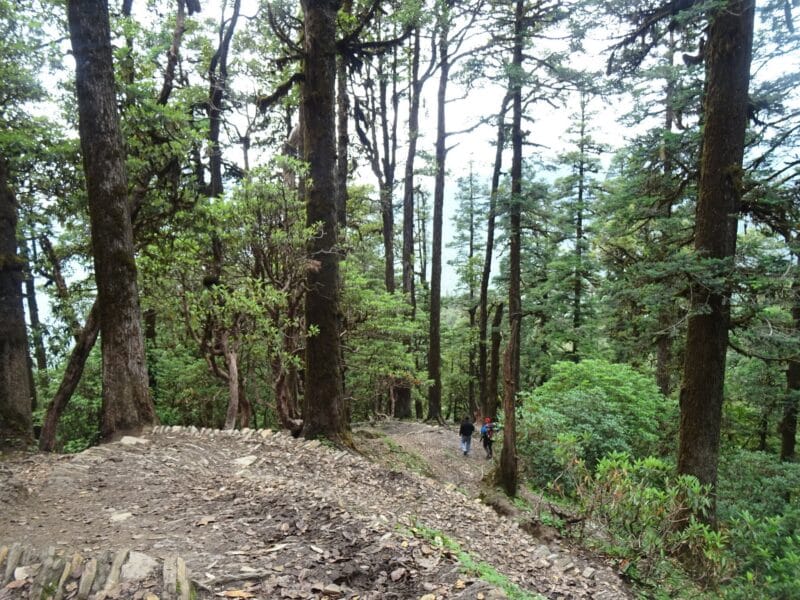The Roopkund trek is a mystery that has intrigued and captivated trekkers for centuries. To unveil the mystery of Roopkund trek – skeleton lake we have shared some captivating information for the readers. Nestled in the Himalayas, this remote lake is home to hundreds of ancient human skeletons, providing a fascinating trekking experience. Located at an altitude of 5072 metres, this trek has everything under one roof.
Why Roopkund is called Mystery Lake?
The lake is also known as Skeleton Lake or Mystery Lake due to the presence of hundreds of human skeletons in and around the lake. It has remained a mystery for centuries. The exact cause of the mass death remains a mystery, and several theories have been proposed. Let us explore the history and theories behind why Roopkund is called Mystery Lake.
History of Roopkund
Roopkund is believed to be a popular pilgrimage site for the Nanda Devi Raj Jat Yatra, a famous festival in the Himalayan region. According to local folklore, a group of pilgrims was crossing the high-altitude pass when they were caught in a sudden hailstorm, which killed them all. The skeletons are believed to be from the 9th century AD, and the remains have been preserved due to the cold and dry climate of the region.
Theories behind the mass death
Several theories have been proposed to explain the mass death at Roopkund, but none of them has been proven. Some of the popular theories are:
- Sudden hailstorm: This is the most popular theory, which suggests that a sudden hailstorm killed the pilgrims. The hailstones were believed to be as big as cricket balls and were responsible for the head injuries on the skeletons.
- Epidemic: Another theory suggests that an epidemic may have broken out among the pilgrims, leading to their death.
- Ritual suicide: Some researchers have suggested that the skeletons are of the followers of a local cult who committed ritual suicide by jumping into the lake.
- Migration: Some researchers believe that the skeletons are of people who were migrating to a new land and died due to the harsh conditions.
The latest study on Roopkund
In recent years, several scientific studies have been conducted to unravel the mystery of Roopkund. In 2019, a team of international researchers, led by scientists from the University of Delhi, conducted a comprehensive study. They found the skeletons at Roopkund lake.
DNA analysis
The researchers conducted a DNA analysis of the skeletons and found that they belonged to different groups of people who lived in different periods. The analysis revealed that the majority of the skeletons were of South Asians, while a few were of people from Greece and the Mediterranean.
Radiocarbon dating
The researchers also used radiocarbon dating to determine the age of the skeletons. They found that the skeletons were from two distinct periods. The first batch is from the 9th century AD and the other is from the 19th century AD. This suggested that the mass death at Roopkund occurred in two separate incidents, separated by several centuries.
Best Time to Visit:
The best time to visit Roopkund Trek is from mid-April to June and Sept to mid-Nov. During this time, the weather is at its most pleasant and the trails are in their best condition.
Alternative Treks to Roopkund trek:
For those seeking a more challenging and alternative trek, the Rupin Pass, Ali Bedni Bugyal trek, Auden’s Col, and Kuari Pass trek offer the same stunning views and thrilling adventure.
So, what are you waiting for? BOOK NOW – Unveil the mystery of Roopkund Trek – Skeleton lake and embark on an unforgettable journey!






0 Comment